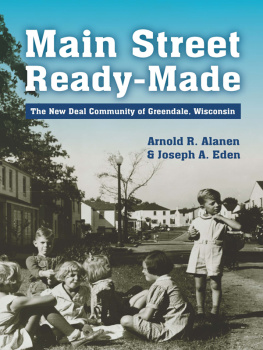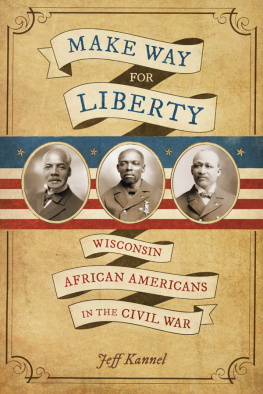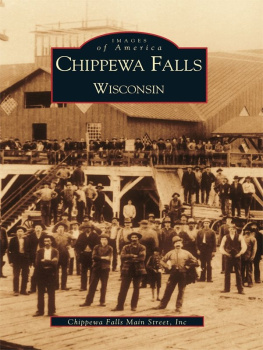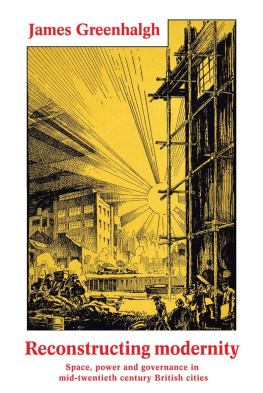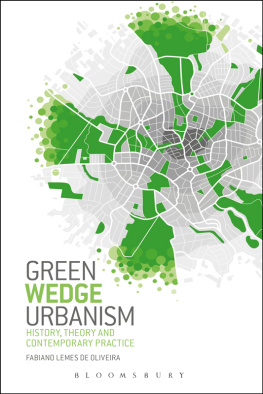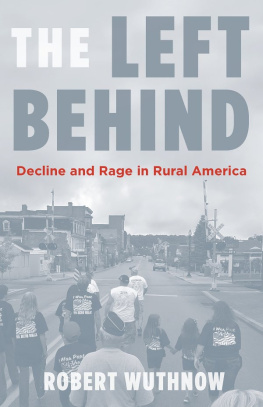Arnold R. Alanen - Main Street Ready-Made: The New Deal Community of Greendale, Wisconsin
Here you can read online Arnold R. Alanen - Main Street Ready-Made: The New Deal Community of Greendale, Wisconsin full text of the book (entire story) in english for free. Download pdf and epub, get meaning, cover and reviews about this ebook. year: 2014, publisher: Wisconsin Historical Society Press, genre: Politics. Description of the work, (preface) as well as reviews are available. Best literature library LitArk.com created for fans of good reading and offers a wide selection of genres:
Romance novel
Science fiction
Adventure
Detective
Science
History
Home and family
Prose
Art
Politics
Computer
Non-fiction
Religion
Business
Children
Humor
Choose a favorite category and find really read worthwhile books. Enjoy immersion in the world of imagination, feel the emotions of the characters or learn something new for yourself, make an fascinating discovery.
- Book:Main Street Ready-Made: The New Deal Community of Greendale, Wisconsin
- Author:
- Publisher:Wisconsin Historical Society Press
- Genre:
- Year:2014
- Rating:4 / 5
- Favourites:Add to favourites
- Your mark:
Main Street Ready-Made: The New Deal Community of Greendale, Wisconsin: summary, description and annotation
We offer to read an annotation, description, summary or preface (depends on what the author of the book "Main Street Ready-Made: The New Deal Community of Greendale, Wisconsin" wrote himself). If you haven't found the necessary information about the book — write in the comments, we will try to find it.
The dream of the suburb is an old one in America. For more than a century, city dwellers have sought to escape the crowding and pollution of industrial centers for the quiet streets and green spaces on their fringes. In the 1930s, that dream inspired the largest migration of Americans in the twentieth century and led to the creation of Greendale, Wisconsin, one of three planned communities initially begun to resettle the rural poor hit hard by the Great Depression. This idea, though, quickly developed into a plan to revitalize cities and stabilize farming communities around the nation. The result was three greenbelt towns built from scratch, expressly for working-class families and within easy commuting distance of urban employment. Greendale, completed in 1938, was consciously designed as a midwestern town in both its physical character and social organization, where ordinary citizens could live in a safe, attractive, economical community that was in harmony with the surrounding farmland.
Main Street Ready-Made examines Greendale as an outgrowth of public policy, an experiment in social engineering, and an organic community that eventually evolved to embrace a huge shopping mall, condominiums, and expensive homes while still preserving much of the architecture and ambiance of the original village. A snapshot of 1930s idealism and ingenuity, Main Street Ready-Made makes a significant contribution to the history of cities, suburbs, and social planning in mid-century America.
Arnold R. Alanen: author's other books
Who wrote Main Street Ready-Made: The New Deal Community of Greendale, Wisconsin? Find out the surname, the name of the author of the book and a list of all author's works by series.

